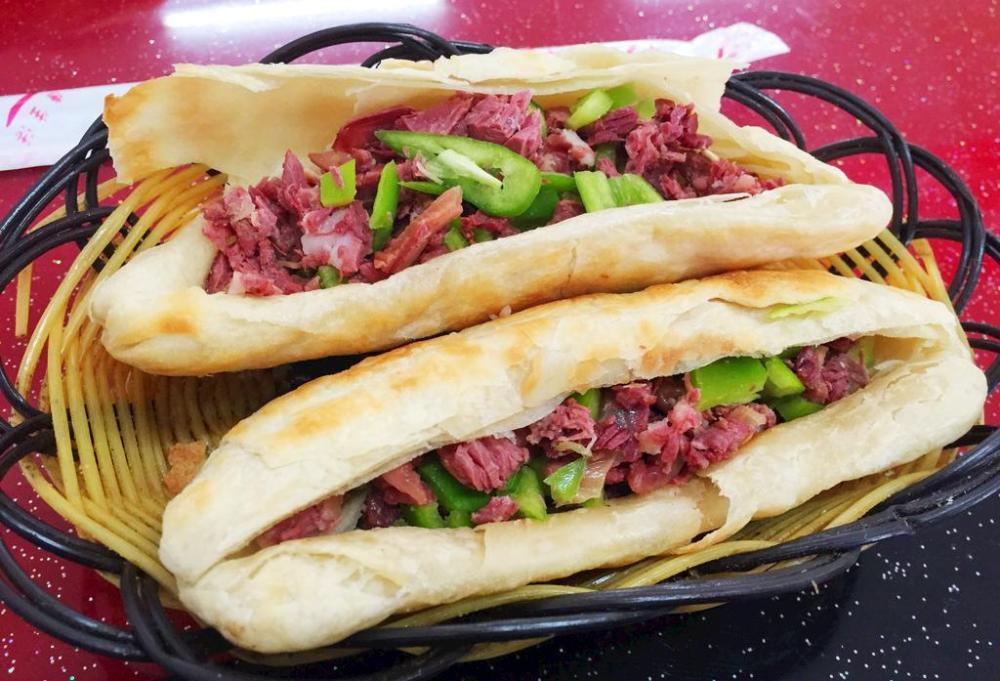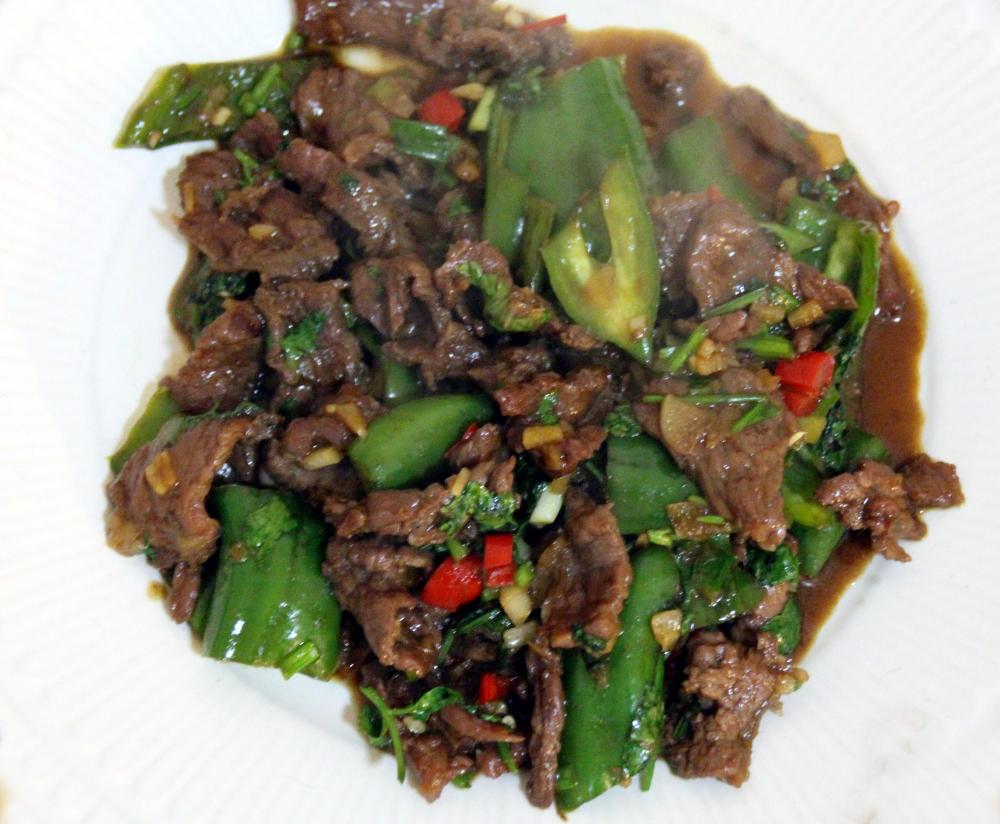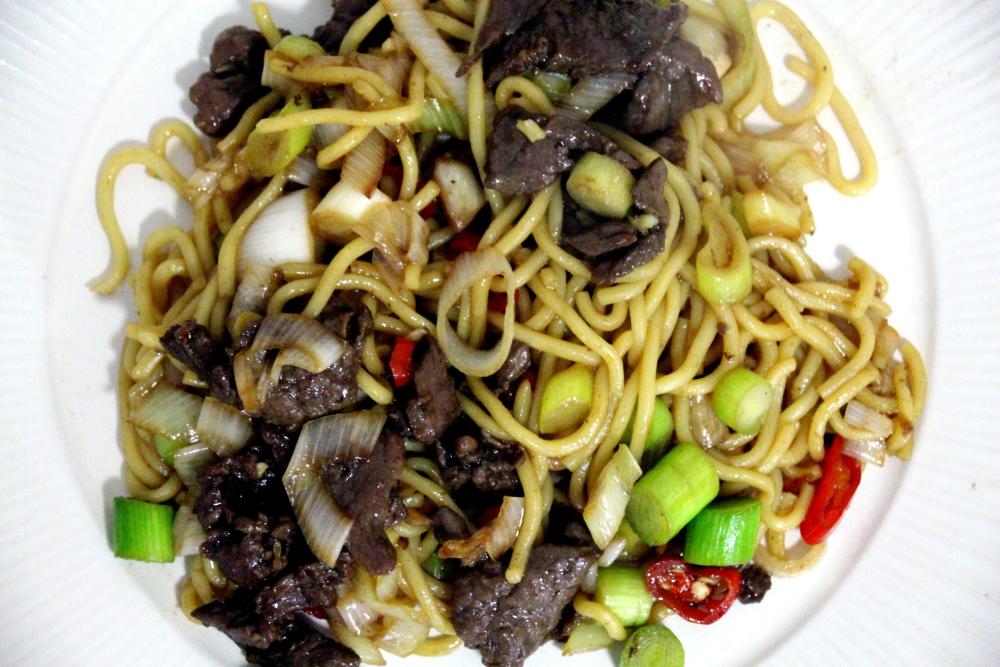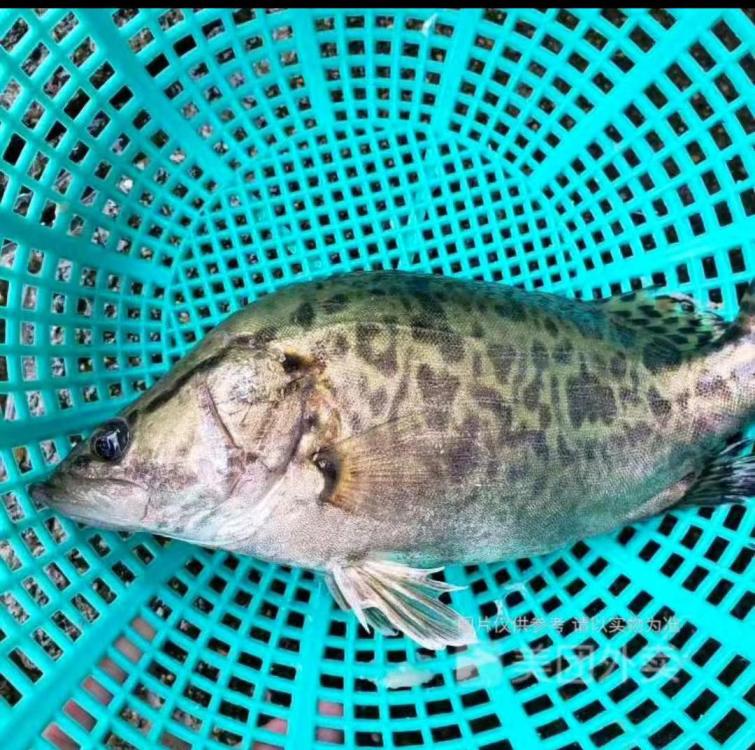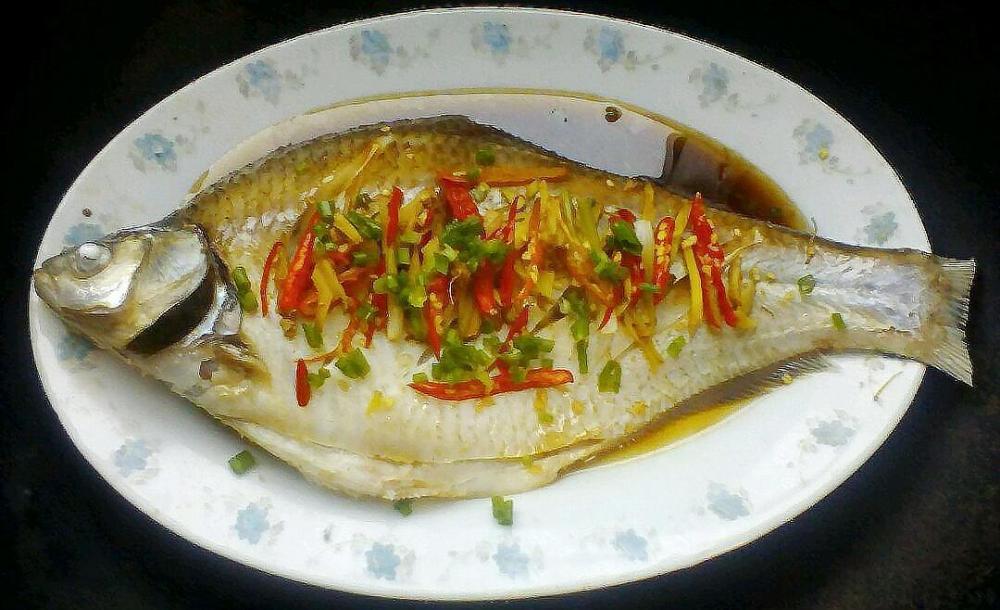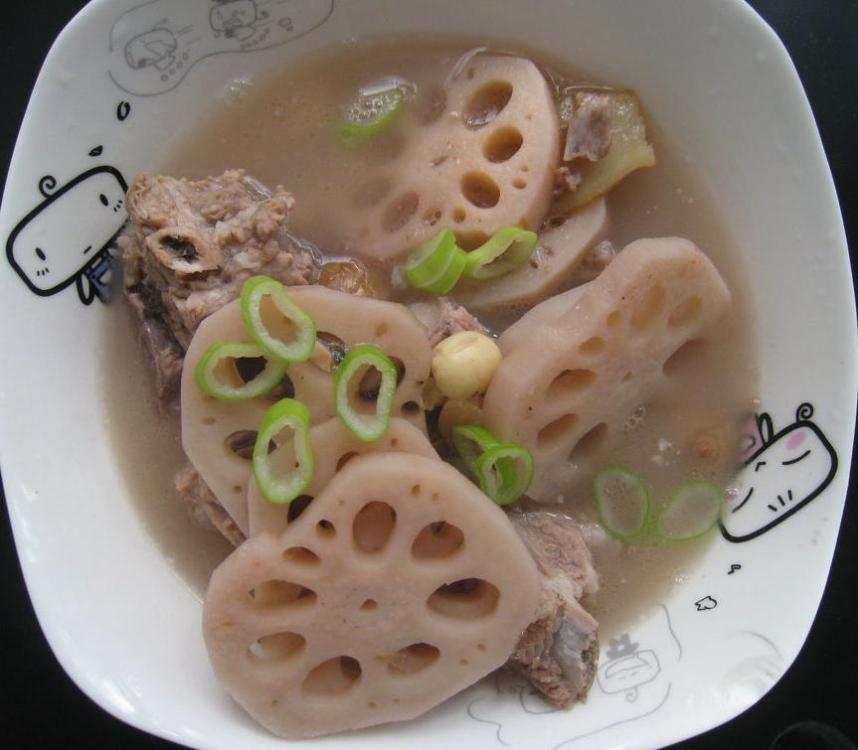冀菜 (jì cài), Hebei (河北) Cuisine
Hebei is south-east of Inner Mongolia, located on the Bohai Gulf of the Yellow Sea. Besides that, it is bordered by Liaoning to the north-east, Shandong to the south-east, Henan to the south, and Shanxi to the west. Hebei means ‘North of the River’, that being the Yellow river. The province almost surrounds the adjacent municipalities, Beijing and Tianjin only being interrupted by the latter being on the coast. That said, Tianjin was the capital of Hebei until being elevated to municipality status in 1911, so Hebei did surround Beijing until then. After bouncing around for a bit, the capital was finally settled in Shijiazhuang.
Its location means that it is heavily influenced by Beijing and the cuisine there, to the extent that they might taken to be the same, but that wouldn't be entirely true. Hebei does have some interesting foods of its own. Nevertheless, this will be a shorter read than usual.
For many people, especially visitors, its most fascinating culinary attraction is that the people have a penchant for donkey meat. Every foreign visitor goes straight for the 驴肉火烧 (lǘ ròu huǒ shāo), Donkey Burgers. Donkey meat is slow stewed with up to twenty ‘secret’ spices (according to the vendors) and served in a sort of bun, either round (Baoding style) or rectangular (Hefei style). They taste the same.
Donkey Burger
However, donkey meat (my favourite red meat), is used in many other ways. It is used in noodle dishes, stir-fries, stews, soups etc. Although undoubtedly having originated in Hebei, donkey restaurants can be found everywhere. There are at least ten here in Liuzhou.
Donkey with Green Peppers
Donkey Noodles
Unsurprisingly, Hebei cuisine features a lot of fish and other seafoods. Despite being coastal, they seem to prefer freshwater fish but sea fish are easily found. Common examples include bream, Mandarin fish, eel, turtle, giant salamander, crab, shrimp, clams etc. Freshwater fish from 白洋淀 (bái yáng diàn), Baiyangdian Lake in central Hubei is especially valued for its fish and freshwater ‘seafood’. These are often steamed or simmered gently.
Mandarin Fish
Popular dishes include steamed bream (without soy sauce as used in most other parts of China), turtle with wax gourd, boiled fish with tangerine pulp.
Steamed Bream
This unusual pairing of ingredients which seem incompatible is a well-noted feature of Hebei cuisine. 海龟猪脊 (hǎi guī zhū jǐ), turtle with pig’s spine; 炒三丝 (chǎo sān sī) is slivers of pork tenderloin, chicken and pig’s stomach, and 龙凤婚 (lóng fèng hūn), dragon and phoenix marriage is a mixture of eels and chicken.
莲藕排骨汤 (lián ǒu pái gǔ tāng), pork rib and lotus root soup is believed to have originated in Hebei, but is now available everywhere in China, having been burdened with claims of its TCM ability to cure everything but naivety.
Pork Ribs and Lotus Root Soup


